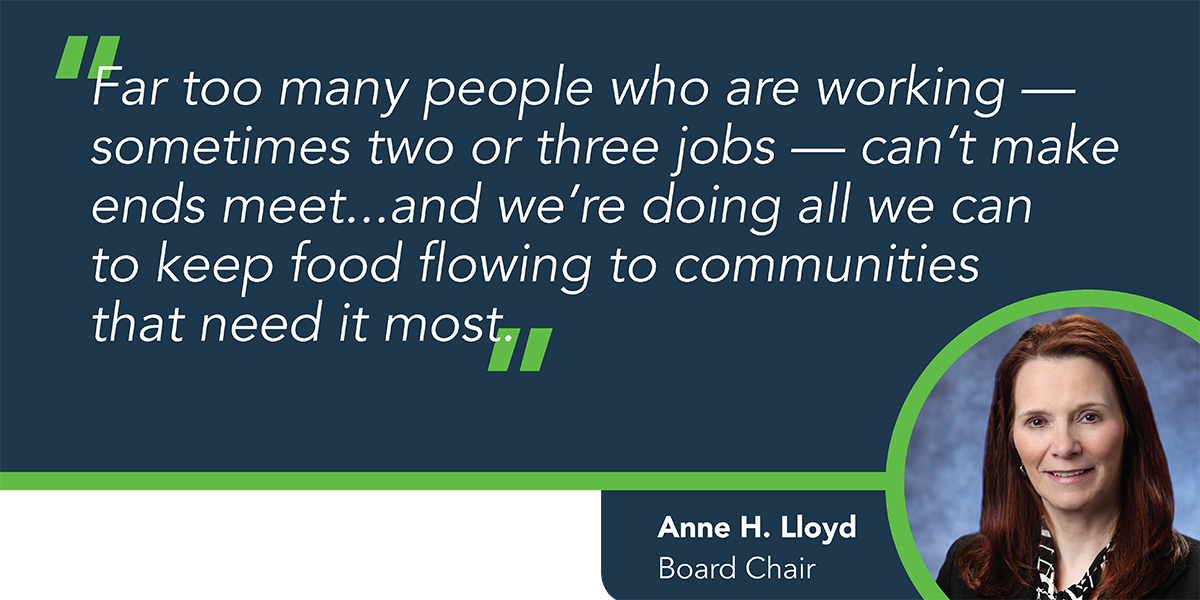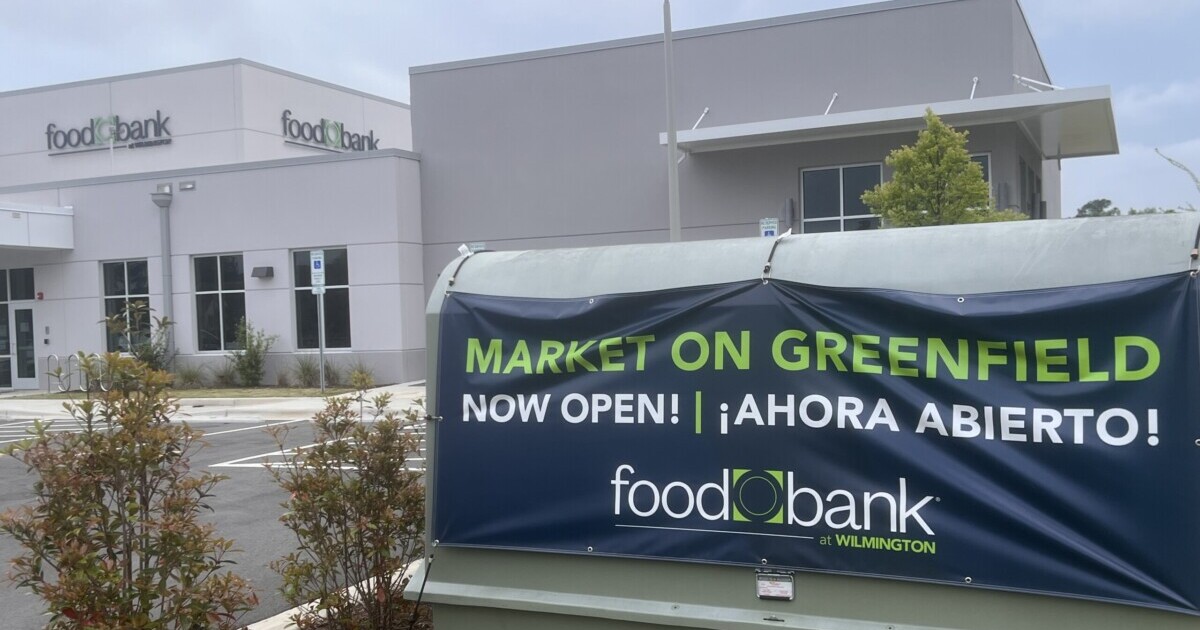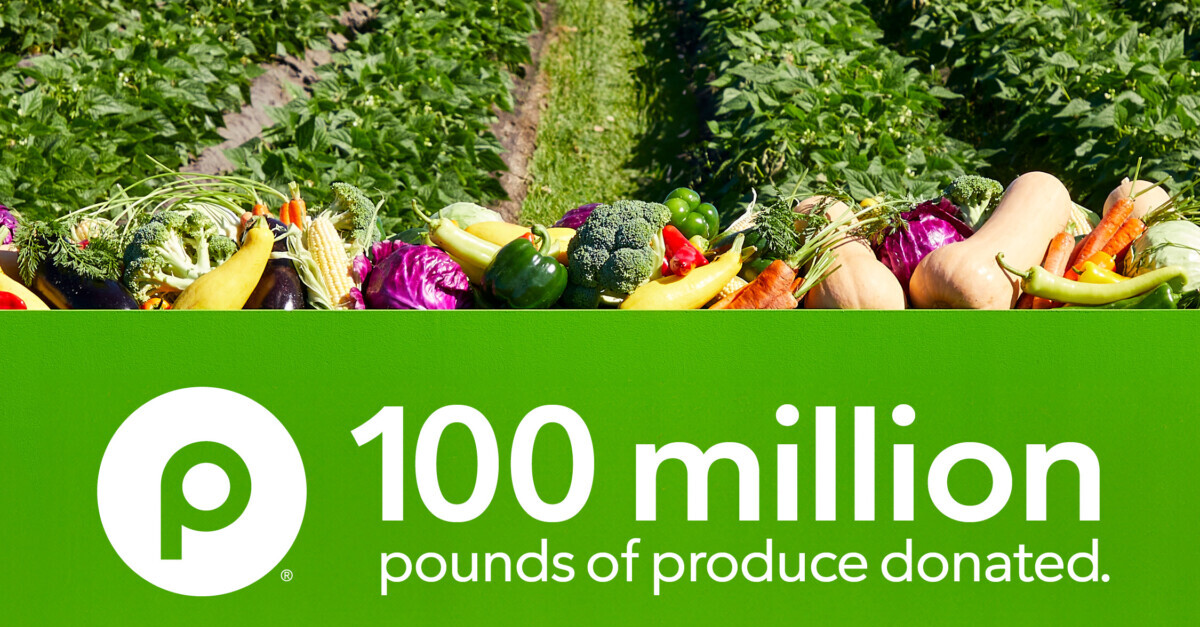At the Food Bank, our Community Health & Engagement (CH&E) team regularly goes out into the community to hold cooking classes at Partner Agency sites. These are great opportunities to introduce new foods to people’s diets and help give them easy, quick, and low-cost recipes using healthful foods like whole grains, fresh produce, low fat dairy, and lean meats. However, the team started to notice a different need that some of the clients were experiencing.
“When we are out doing nutrition education demos at agencies, we are preparing these full meals, that can be tasted by the participants, that include spices and all the ingredients. At the end of these demonstrations, clients may be able to take home the staple ingredients to recreate that meal, but the spices are missing,” says Jenny Ryan, a Nutrition Education Manager with the Food Bank. Spices can be expensive at the grocery store, and they are not a regularly donated item to food banks or pantries.
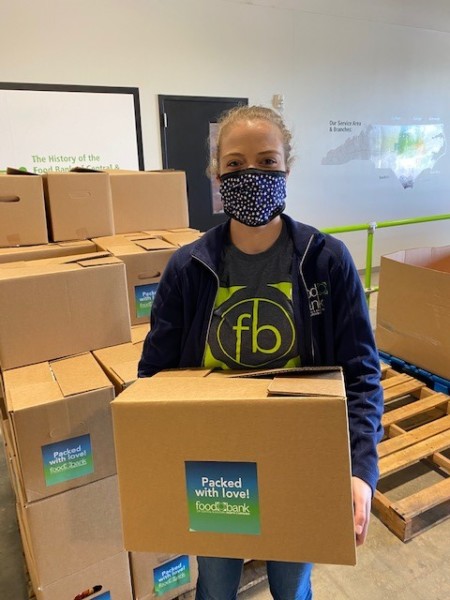
The team put together a survey for our Healthy Pantry partners from each region of our service area to give to clients directly. Over 500 survey results from clients came in. There was a great need for spices in our communities and the needs differed from region to region.
With all this great data in hand, the CH&E team determined what the Top 4 most- requested spices were across our service area and purchased them in bulk. In turn, each healthy pantry received a pallet of the 4 core spices (garlic powder, Italian seasoning, chili powder, and onion powder) that were identified through the survey. In the next delivery, we rotated to a different set of spices until eventually a full set of common spices were distributed to households across our service area.
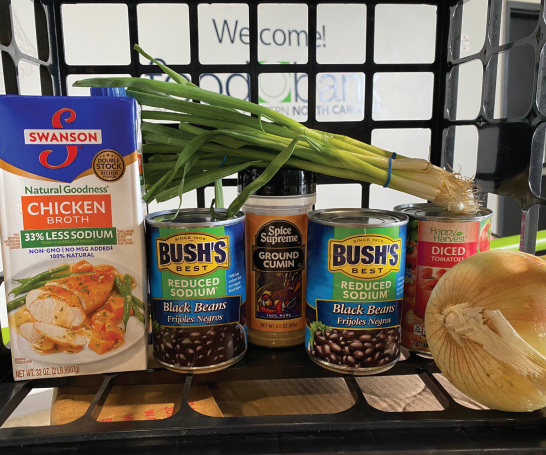
Ultimately, 16,740 containers of spices were distributed to 17 healthy pantries in 14 counties across central and eastern North Carolina. Due to the success of this pilot program we hope to look for more ways to make spices more accessible to all the communities across our service area.


